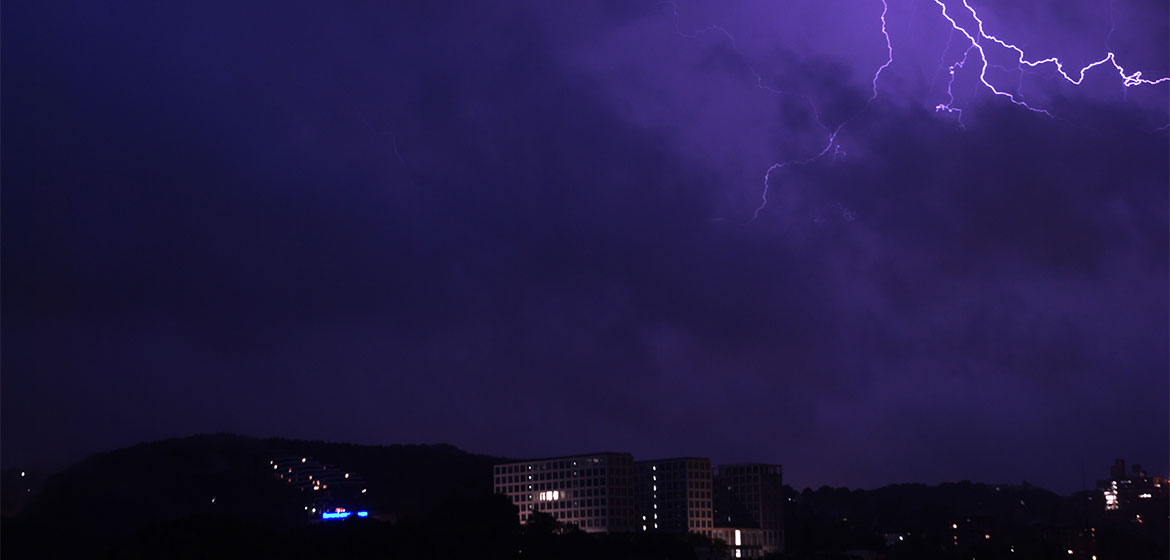4 Kinds Of Lightning Strike Damages

So, there was a thunderstorm, but your surge suppressor failed to do its job. Your TV is blown, your electrical boards are fried, and the washer is dead. Even if it’s just electronics, you depend on them for household tasks and creature comforts. You simply want everything to return to normal. On top of that, you must deal with the insurance claim, and they don’t want to cover all of your losses. Being inconvenienced this way is terrible enough, but now you have to fight for your replacements? In such cases, a public adjusting service can help. But first, let’s go through the four basic types of lightning strike damage.
Each type of damage qualifies for compensation under claims for lightning strike damage.
Physical Damage
Heat and current flow cause physical damage. In the United States, a typical lightning strike transmits between 25,000 and 45,000 amps, with higher amperage strikes happening in the south, where the storms tend to intensify. Lightning is characterized by a high current that flows over a short period of time.
Secondary Effect Damage
Arcing and induced currents are possible consequences of a lightning strike’s secondary effect. When lightning strikes, the area around the strike is largely free of ground charge. The region immediately surrounding the location of the strike is still highly charged, creating a potential gradient that is almost instantaneous.
The area around the strike discharges its charge toward that spot, resulting in a current flow. All openings in its course can be traversed by this current flow. The arc may start a fire or explode if it occurs inside flammable material.
Electromagnetic Effect Damage
The electromagnetic field effect can cause currents to flow in surrounding wires or other conductors and is comparable to the EMP from a nuclear explosion. The electromagnetic field surrounding a lightning strike expands and contracts with the succession of flashes due to the on-off-on-off activity of the strike. Electrical currents may be generated by this electromagnetic field motion in surrounding conductors, such as wires and electrical equipment.
Ground Reference Potential Damage
Current flow via grounding systems may result from site-wide changes in the ground reference potential. The quantity of current flowing through any given path is proportional to its surge impedance compared to the surge impedance of all other paths. There will be a difference in potential between the two service grounds if lightning strikes the structure closer to one than the other, causing a current flow. The ground beneath the structure will be where most of the current will travel (the lower impedance path). Nonetheless, some current will move from one service ground to the other service ground via an electronic appliance like your computer and modem. The computer may be damaged by this current flow.
Seek Public Loss Adjusting Services Today
Here at Stone Claims Group, our public loss adjusters will provide you with a lightning-related loss estimate in the same language as your insurance provider. In all types of buildings we serve, we aggressively advocate on your behalf for a greater claim payout using data, statistics, and policy language.